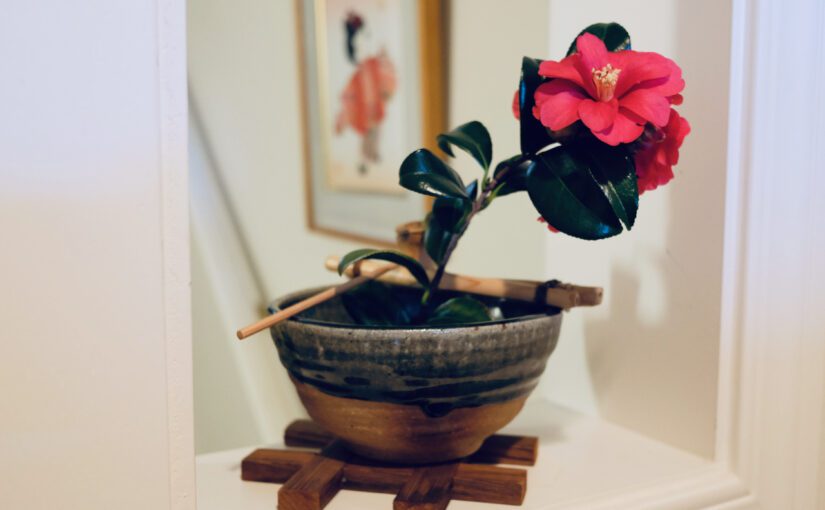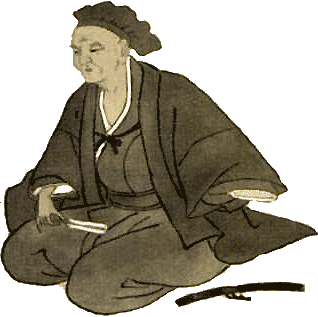Japan’s most famous essay written in the 11th century “Makura no Soshi” tells so
Photo by Josh Felise on Unsplash
When asked about seasons, a Japanese person, with no exception, would utter “春はあけぼの Haru ha akebono!” Featured in elementary school textbooks, the opening phrase of this famous essay called “Makura no Soshi 枕草子” is so ingrained in our brains.
Makura no Soshi (The Pillow Book) was written by Sei Shonagon 清少納言, a court lady, in the late 990s and early 1000s. In this essay, with her sharp wit, Sei Shonagon depicted her observations about nature and her everyday life in the imperial court.
More than a thousand years later, we still enjoy this essay and learn how the aristocrats in Japan used to perceive and conduct their lives.
Sei Shonagon starts by listing the best time of the day for each season. The best time in spring is dawn, according to her. Below is the English translation of the opening phrases of Makura no Soshi by Ivan Morris (1925 – 1976), an English writer, translator, and editor of Japanese studies. I think his translation reflects the snappy, witty rhythm of the original writing by Sei Shonagon quite well. Here you go!
In spring it is the dawn that is most beautiful. As the light creps over the hills, their outlines are dyed a faint red and wisps of purplish cloud trail over them.
In summer the nights. Not only when the moon shines, but on dark nights too, as the fireflies flit to and fro, and even when it rains, how beautiful it is!
In autumn the evenings, when the glittering sun sinks close to the edge of the hills and the crows fly back to their nests in threes and fours and twos; more charming still is a file of wild geese, like specks in the distant sky. When the sun has set, one’s heart is moved by the sound of the wind and the hum of the insects.
In winter the early mornings. It is beautiful indeed when snow has fallen during the night, but splendid too when the ground is white with frost; or even when there is no snow or frost, but it is simply very cold and the attendants hurry from room to room stirring up the fires and bringing charcoal, how well this fits the season’s mood! But as noon approaches and the cold wars off, no one bothers to keep the braziers alight, and soon nothing remains but piles of white ashes.
Source: The Pillow Book of Sei Shonagon, translated by Ivan Morris










